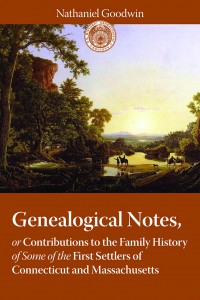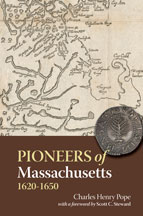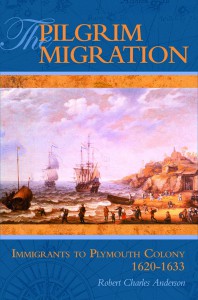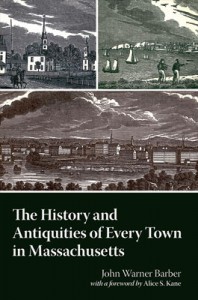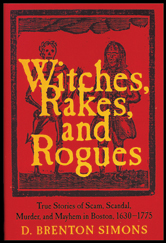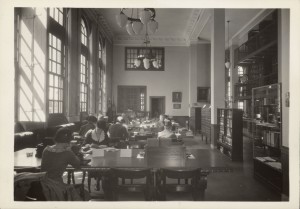
On 14 December 1964, NEHGS opened its doors to members at 99–101 Newbury Street for the very first time. The building on Newbury Street is the Society’s seventh home since it was founded in 1845, and this location has served as our headquarters during the greatest period of growth in our history. In the fifty years since arriving in the Back Bay, our membership has increased from 3,000 to an active constituency of more than 70,000; our library print collections have grown from 30,000 volumes to more than 250,000 volumes; and our endowment has improved from approximately $1 million to more than $25 million.

